PROVIA Replacement Windows for Comfortable Living
Windows play a pivotal role in any dwelling, providing indispensable natural light, ventilation, and a link to the outdoors. However, with time, windows can succumb to wear and tear, damage, or inefficiency, resulting in a decline in comfort and a surge in energy expenditure. Fortunately, Your Windows & Doors offers a sustainable solution that can save you money on energy bills while enhancing your home's value and comfort.
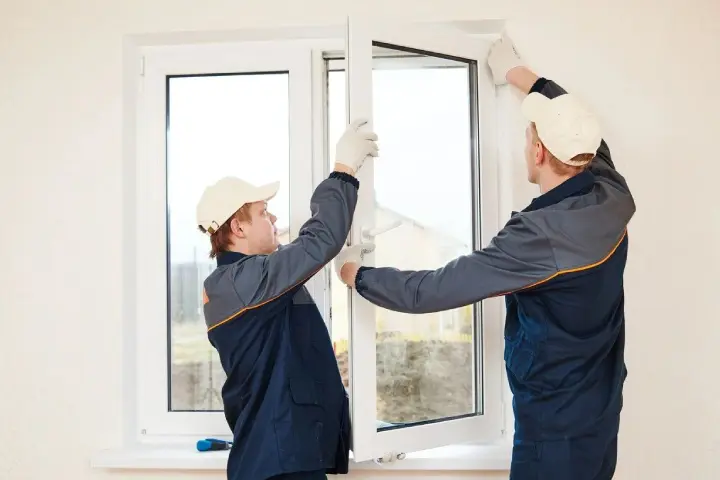
What We Do
We replace the old windows with Provia Vinyl ones to improve the value and comfort of our client's home. If you are looking for a sustainable replacement of your old windows that can save you money on energy bills, our product is the right option. Provia Windows are engineered with top-grade materials and incorporate features that maximize energy conservation.
What Makes PROVIA Windows Energy Efficient?
Air Infiltration Ratings <0.3
Air infiltration or air leakage is a prominent factor in determining a window's energy efficiency. Old and low-quality windows lack advanced weather seals and sash-locking technology. It leads to excessive air passage through the gaps where the sash meets the frame or around the perimeter of a closed window. Our window products have this technology to minimize air infiltration and energy consumption." with "Lower quality windows lack advanced weather seals and sash-locking technology, leading to excessive air passing through the gaps where the sash meets the frame or around the perimeter of a closed window, otherwise known as a high rate of air leakage or air infiltration (AI).
Home comfort and energy consumption are greatly affected by air infiltration, so make sure you understand and consider this important rating when deciding on which window or doors to install.
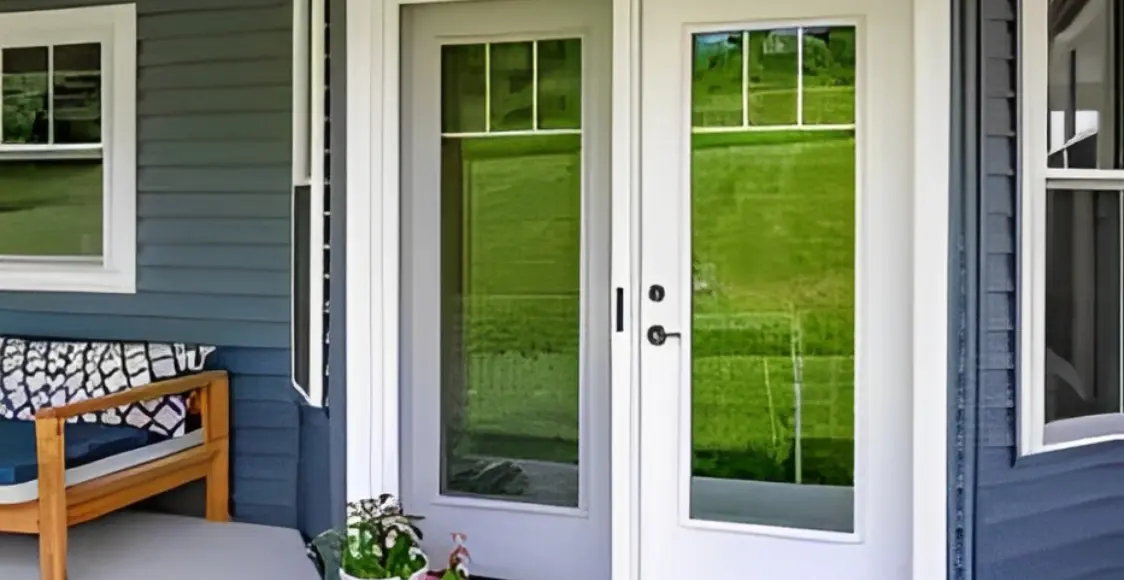
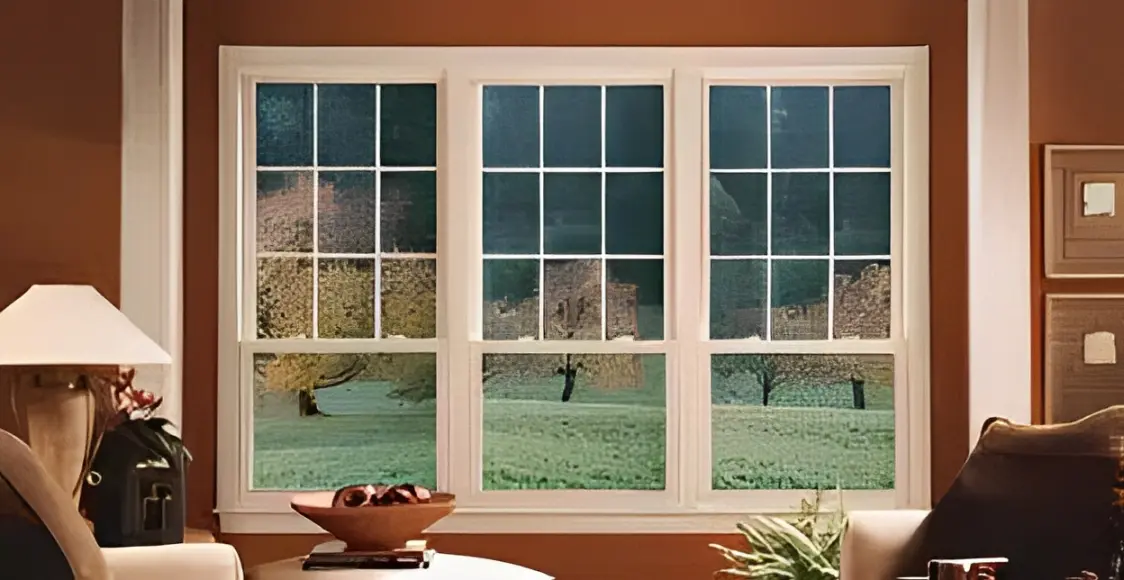
Understanding Window Rating Values
Independent testing for several criteria determines energy efficiency ratings on a product's NFRC label. It's essential to understand how these ratings indicate a window's energy efficiency to make better buying decisions. The energy efficiency values may vary among manufacturers, directly impacting your home's cost of heating and cooling." with "Energy efficiency ratings shown on a product’s NFRC Label are determined by how well a window or door performs under independent testing for several criteria. Understanding how these ratings indicate a windows energy efficiency can help you make better buying decisions. Values will differ from one manufacturer to the next, and they directly impact the amount spent on heating and cooling your home.
U-Factor
The U-factor or the transfer coefficient measures a window's effectiveness as an insulator. Rating is a value between 0-19 The lower the factor, the better a window insulates your living space. Therefore, less energy is needed to keep inside temperatures comfortable. ProVia Vinyl windows are designed to have a lower U-factor. Coatings, such as Low-E, are used to lower the U-factor on glass, although they may impact visible transmittance." with Rating is a value between 0-19 U-factor (sometimes called the transfer coefficient) is a measurement of a window or door’s effectiveness as an insulator. The lower the U-factor, the longer it takes for heat to pass through it, meaning less energy is required to keep inside temperatures comfortable because it’s more insulating. Coatings, such as Low-E, are used to lower U-factor on glass, although they may impact visible transmittance.
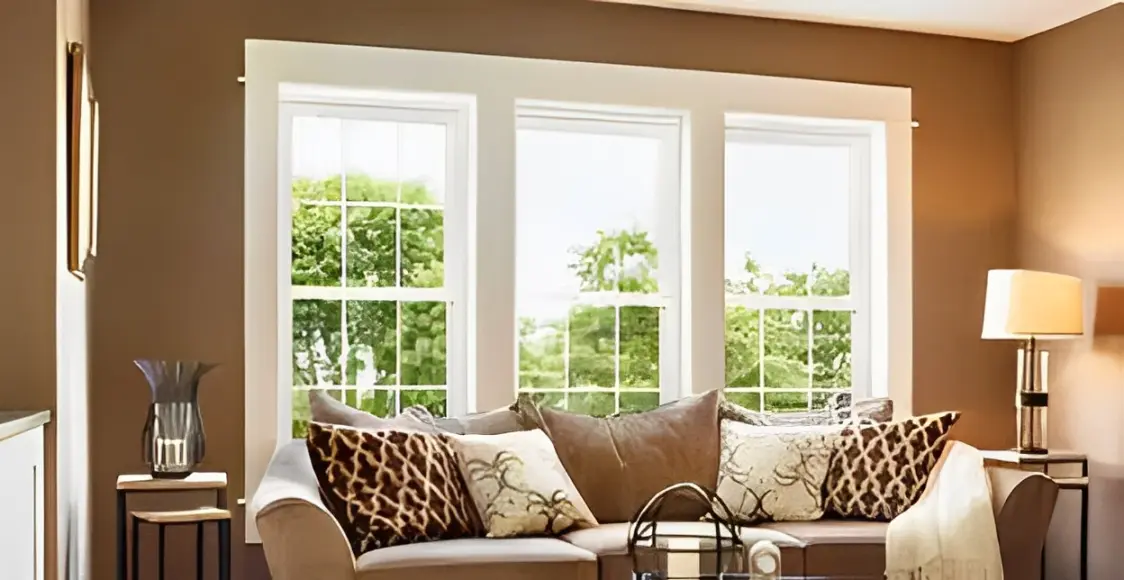
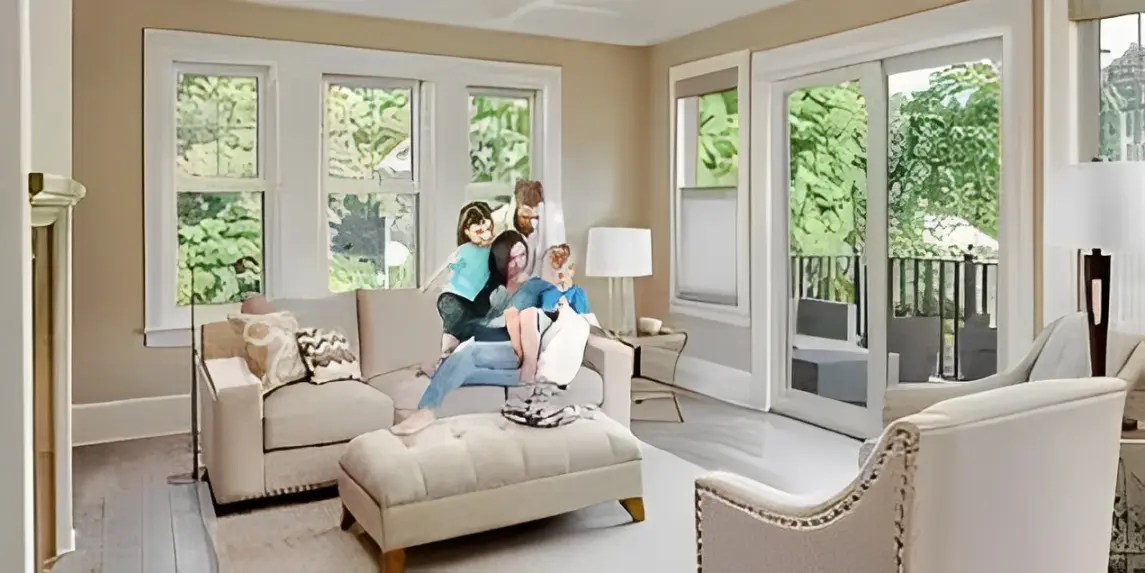
Solar Heat Gain Coefficient
Solar Heat Gain Coefficient (SHGC) measures how well a window or door blocks solar heat from the sun. Rating is a value between 0-01. A lower SHGC rating means better heat blocking in hot weather areas such as Florida, Southern California, and the deeper South. In colder climates, a higher SHGC can help save on heating costs by utilizing the sun's heat." with "Rating is a value between 0-01. The SHGc rating is the direct measurement of how well a window or door blocks solar heat from the sun. The lower the SHGc the better the product blocks sun-generated heat. A low SHGc is essential in places like Florida, Southern California, and deeper south where this heat can vastly increase cooling costs. However, in colder climates, one might opt for a higher SHGc to utilize the suns heat. A higher SHGc can help save on heating in the colder months.
Visible Transmittance
Another important consideration while getting a window or door replaced is visible transmittance. It indicates how much light comes through a window or door. Rating is a value between 0-01. It has little to do with thermal ratings but affects energy consumption. The higher the VT rating, the better the window lets in natural light. With ProVia Windows, you can enjoy a bright room lit by the sun, reducing the need for artificial lighting and saving on energy consumption." with "Rating is a value between 0-01".
The visible transmittance rating indicates how much light comes through a product, an important consideration when buying a window or door. VT has little to do with thermal ratings, but it does affect energy consumption. The higher this number, the better the window lets in light. A window with a high VT rating will help reduce the amount of artificial lighting needed – and therefore, energy – you consume. Before today’s window glazing techniques a brighter room was usually a hotter one but with modern window glass technology t is now possible to have a very bright room, lit only by the sun, that is just as cool as a dark room elsewhere in your home.
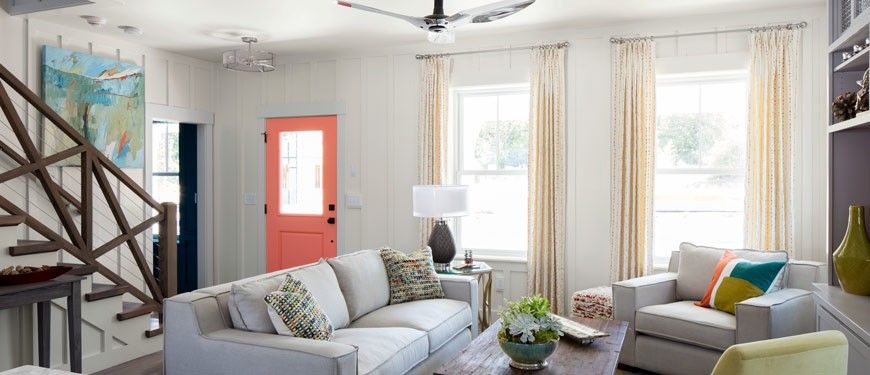
Contact Us Today if You Want to Transform Your Home With Our Exceptional Window and Door Replacement Services.

